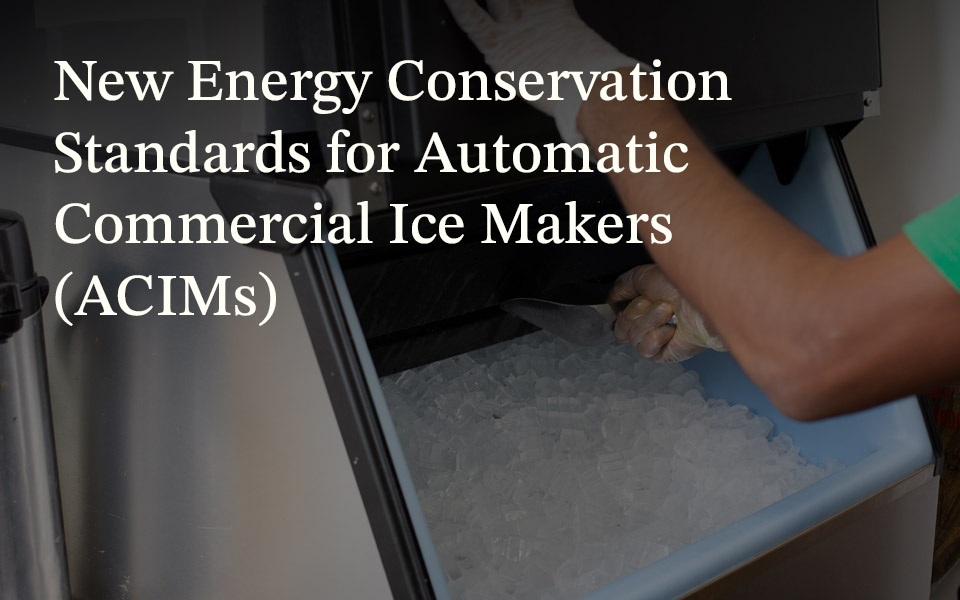Restaurant and convenience store landscapes are facing unprecedented market pressures and increasing demands to meet consumer expectations. Consumers are seeking fresh, sustainably sourced food offerings from providers that emphasize eco-friendly practices from farm to fork. Pair those demands with pressure to reduce operating expenses while also maintaining regulatory compliance and you have a stressful situation.

Making the move toward outdoor condensing units (OCUs) may be able to alleviate some of that stress. Modern OCUs can help solve a myriad of operational challenges and are emerging as a preferred option for store and enterprise operators.
Compared to legacy OCUs, modern remote systems can deliver annual efficiency improvements of up to 20 percent or more. Modern OCUs can also create a better, more desirable indoor environment for consumers, improving indoor comfort levels by lightening the load on air conditioning (AC) systems, reducing refrigeration noise, and reclaiming space that would be occupied by a centralized rack.
Modern OCUs are engineered to address today’s regulatory challenges as well, maximizing energy efficiencies and meeting the requirements set by the Department of Energy (DOE). These OCUs also utilize low-global warming potential (GWP) refrigerants and keep refrigerant charges to a minimum.
With built-in compressor electronics, modern OCUs provide operators with peace of mind knowing that their equipment is functioning properly and reliably. System faults are immediately communicated to service technicians to help them quickly — and remotely — diagnose conditions and expedite the service process. Advanced diagnostics and smart algorithms, connected to a facility management/control system, provide operators and technicians with early detection alerts, evaluate key performance indicators, help prevent compressor failure and more.
While there are clear and present benefits to using modern OCUs, there are still considerations to be made before making the switch. Physical constraints are typically prevalent when determining whether to invest in OCUs. Some examples of these constraints are: installation in a leased building where drilling holes in the wall/ceiling is prohibited; unachievable access to the outside for remote installation; and difficulty moving equipment in an inflexible layout. There are also cost considerations to be made, such as whether low first costs or lower total cost of ownership are more important.
Sustainability targets, total store energy usage and regulatory compliance are all important factors in the modern refrigeration equation. Modern OCUs can deliver on all these factors, including enhanced reliability, improved installation flexibility, protection against system failures and much more. All of these benefits add up to a lower total cost of ownership compared to other traditional refrigeration methods.
The case for modern OCUs is strong and could take your operation to the next level.

Let the Refrigerant Phase-in Begin
Evaluating next-generation commercial refrigerant alternatives in established and emerging...

Reviewing Proposed Energy Efficiency Standards for Ice Machines
Earlier this year, the Department of Energy (DOE) published a notice of proposed rulemaking (NOPR)...

CO2 as a Refrigerant — Criteria for Choosing Refrigerants
This is post two of CO2 as a Refrigerant, a blog series covering the fundamental considerations...
